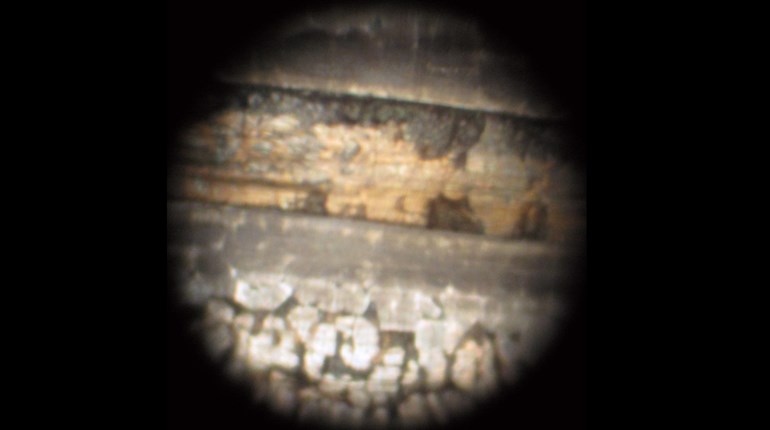
We live on a grain farm where the rats are eating well. I have been trying to reduce the population with my dad’s .45 Colt revolver and some shotshell cartridges that I have assembled using loose lead shot and cardboard wads in standard .45 Colt cases. I have three problems: The first is I can only load one cartridge at a time in the revolver because the shot spills out from the case and into the other chambers when the first round is fired. I would like to be able to load all six chambers and shoot six times without the ammunition coming apart. The second problem is the shot leads up the barrel so bad, I am concerned about potentially damaging the barrel. What sort of preventative measures can be taken? The third problem you probably cannot help me with because I priced factory shot cartridges for the .45 Colt and they were way out of my modest budget. I have no choice but to make my own rat-eradication ammunition at the present time.
Chip, Eastern Iowa
Without knowing what your scope of resources may be, I will share my experience in loading shotshell cartridges for the .45 Colt for snakes, rats and small, burrowing creatures that inhabit the flower beds around the house.
To get the best patterns at the longest distances (around 10 yards) with sufficient penetration to humanely eliminate the varmints, I have found either No. 9 or No. 12 shot does the best job. The pattern can be centered on the target using the sights as you would with a single bullet. I like to have the velocities exit the muzzle around 850 to 900 fps, which gives uniform patterns and sufficient penetration on the varmints that I have shot, rarely requiring a second shot to accomplish the mission.
I prefer five grains of Bullseye held in place by a .44-caliber gas check (a cap, typically copper or aluminum, that is installed under a projectile to seal gases and protect it from deformation) to propel the shot charge at the desired velocity. Although other fast-burning powders can be used, Bullseye takes up a minimum amount of space leaving more room for the shot to occupy. The interior of the case narrows close to the base, making the .44-caliber gas check a snug fit over the five-grain powder charge.
I use a wooden dowel rod slightly smaller than the gas check to seat it square with the bottom of the case. This leaves room for 185 grains of No. 9 shot or close to 200 grains if you use No. 12 shot. Belling the case mouth a little wider than normal for conventional projectiles allows a .45-caliber gas check to cover the shot charge. Seating the gas check with the open end up makes it easier to roll crimp the gas check in place so it does not become unseated during recoil. Seating the gas check with the open end toward the shot charge will gain a few extra pieces of shot, but the crimping procedure becomes a bit more tedious in keeping it level and even with the case mouth. The Lee Factory Crimp Die does a nice job of rolling the case mouth over the gas check sufficiently to allow shooting a
full cylinder without worrying about the cartridges disassembling themselves.
Regarding the leading, I have not had too bad of a problem as the gas check over the powder seems to provide a scraping action, leaving nothing that I cannot remove without a tight-fitting bristle brush. I’ll use this brush soon after I fire a shotshell cartridge through the rifled bore while the barrel is still warm. An excellent and effective alternative is to use Lewis Lead Remover, which is available from Brownells. I have yet to see lead deposits in a gun barrel that could not be removed using the Lewis Lead Remover.
As opposed to the expense of factory-loaded ammunition, the shot capsules can be purchased by themselves, without shot, giving the option of shot size to the handloader assembling the shot cartridges. These capsules will stop the leading and leave less residue in the bore to be scrubbed out. If there is a downside, the actual amount of shot delivered by the shot capsule is less than using the gas-check method by approximately 30 grains, depending on the shot size being used.
As an added point of interest, I found that my 4 5/8-inch-barreled .45 Colt delivered better patterns than my longer-barreled revolvers. I credit that to the less time in the barrel and, therefore, less spin imparted to the shot charge—keeping it from spreading as quickly as from the longer-barreled revolvers.
Good luck defending the crops from the unwanted visitors. Give these few suggestions a try and I suspect you’ll have better results.



































